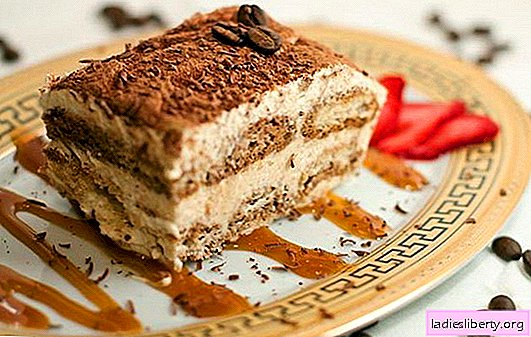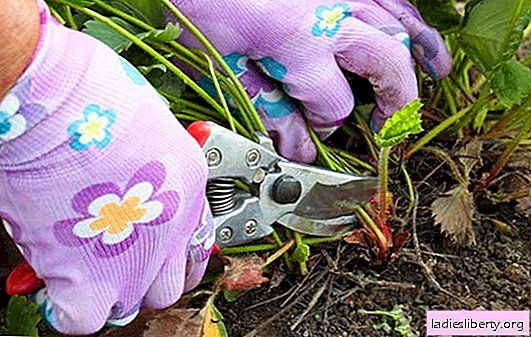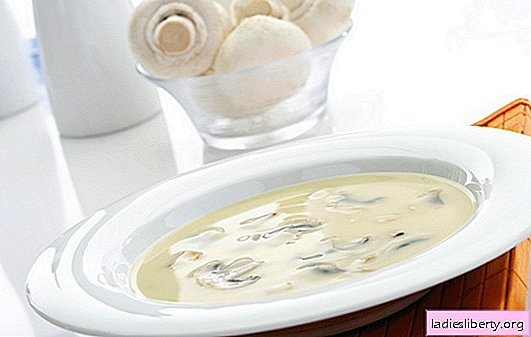
Joster - general description
Joster, which is also called buckthorn, is a shrub or branched tree, reaching a height of three meters. In young plants, the bark is silver-gray, and in older plants, it is brown-black. Growing, the top of the trees becomes a thorn. The plant can be recognized by ovoid leaves with deep veins and town-serrate edges.
Umbrella-shaped flowers are in the axils of the leaves. The plant blooms in greenish-yellow. The joster gives round fruits resembling a pea. Young fruits have a green color, ripe - black.
Joster is rich in nutrients. It contains a lot of anthraglycosides, dyes, organic acids, pectin, bitterness, mucus and sugar.
Zhoster - types and places of growth
More than 140 plant species belong to the genus joster. The most common are:
- Alpine joster is a shrub growing in southern Europe and North Africa.
- Joster laxative is a tree reaching a height of 8 meters. Distributed in the European part of Russia, Western Siberia, Kazakhstan, Central Asia, Western Europe, the Middle East, North Africa.
- pubescent zoster is a bush living in Azerbaijan.
- Daursky Joster is a tree growing in Siberia, the Far East and East Asia.
- The diamond joster is a 3 meter shrub growing in the Far East and East Asia.
- long-leaved joster is a tree growing in Central Asia.
The plant prefers warm sunny slopes and rocks, xerophilous shrubs, undergrowths and edges of oak forests.
Joster is widespread in Ukraine, the Caucasus, Europe, Altai forests and Western Siberia.
Joster - healing properties
Since the joster contains a large amount of anthraglycosides, preparations with its content are used as a laxative. Therefore, with the help of a joster, chronic constipation is treated. It is also used to soften stools with hemorrhoids or fissures in the rectum.
Tincture from the fruit of joster is effective in the treatment of rheumatism. Decoctions of the plant are used to make compresses necessary for healing wounds and various skin diseases.
A decoction from the bark of the plant is also used to treat tartar, eliminate low acidity and catarrh of the stomach.
The bark of the plant is part of the collections that have a diaphoretic effect.
In folk medicine, joster is used to treat jaundice, dropsy, cough, gastritis. It also removes worms and cures hemorrhoids.
Joster - dosage forms
The bark, fruits and thin branches of the plant have healing properties.
Fruits are carefully picked from the branches in September or October, when they are fully ripe. Then they are dried in special ovens and dryers.
Harvested raw materials are used for the preparation of decoctions, tinctures, teas, syrups, compresses.
It is worth noting that the action of the fetus begins only after 8 - 10 hours after the moment of taking the drug. Moreover, it has a lasting effect.
Joster - recipes
In order to prepare a joster broth used to treat constipation, pour 2 tablespoons of joster fruits 800 ml of boiling water. Use several times a day, one spoonful.
To prepare a laxative tea, take 20 grams of joster fruit, 20 grams of buckthorn bark and 30 grams of hay leaves, 10 grams of licorice root. One tablespoon of the mixture is poured with a glass of boiling water. Take before bedtime.
To prepare a decoction to soften the stool in children, it is necessary to fill a glass of boiling water with 10 grams of joster.
You can also prepare syrup for children with a laxative effect. To do this, 30 grams of joster fruit is mixed with 70 grams of sugar and put on fire. After the sugar has dissolved, the syrup is ready for use.
Joster - contraindications
It is very important to note that it is strictly forbidden to eat unripe fruits that are poisonous.
It is also forbidden to take drugs containing joster for pregnant and lactating women.
As a result of poisoning with plant preparations, diarrhea, nausea, vomiting, and headache occur.











